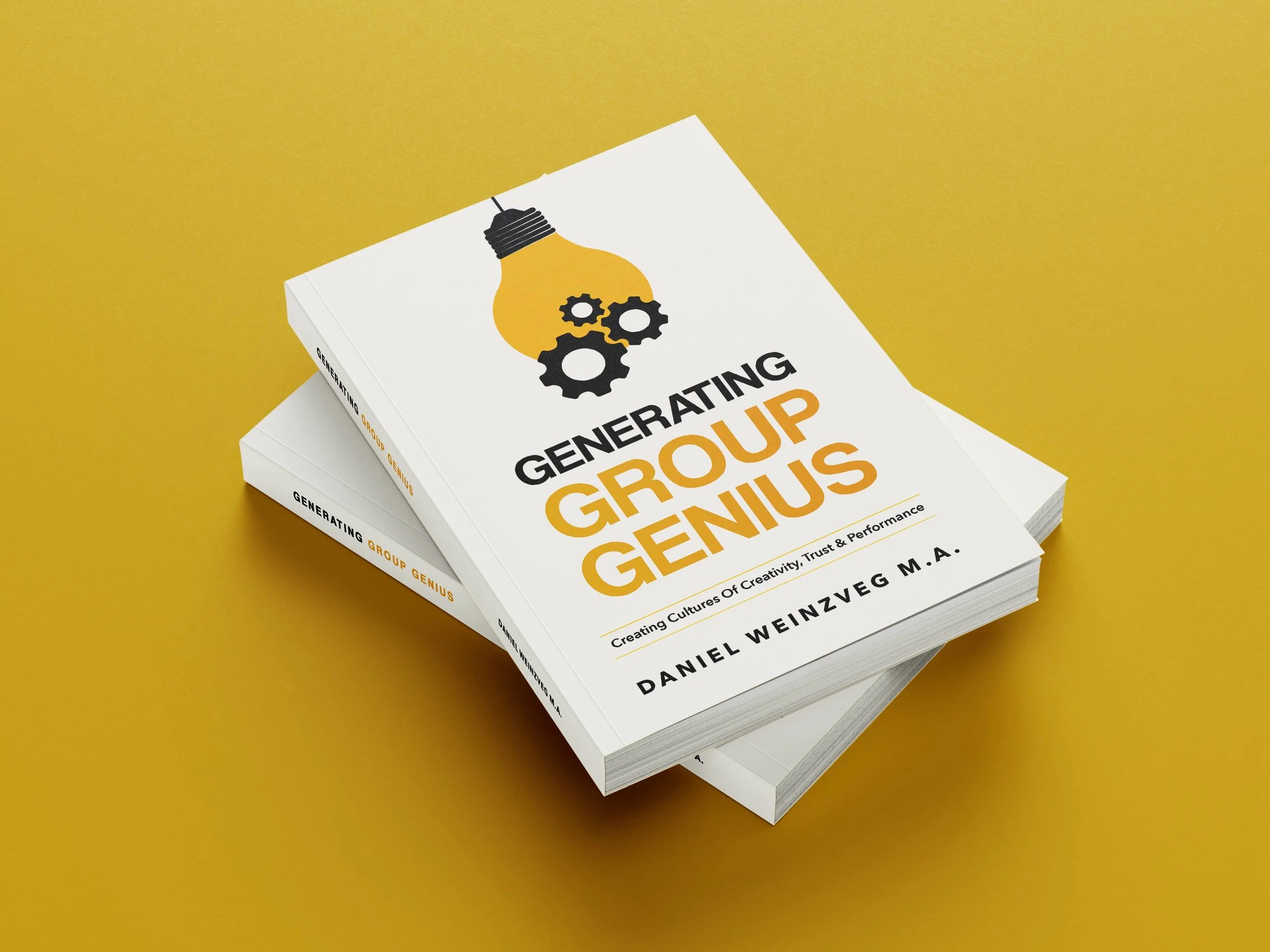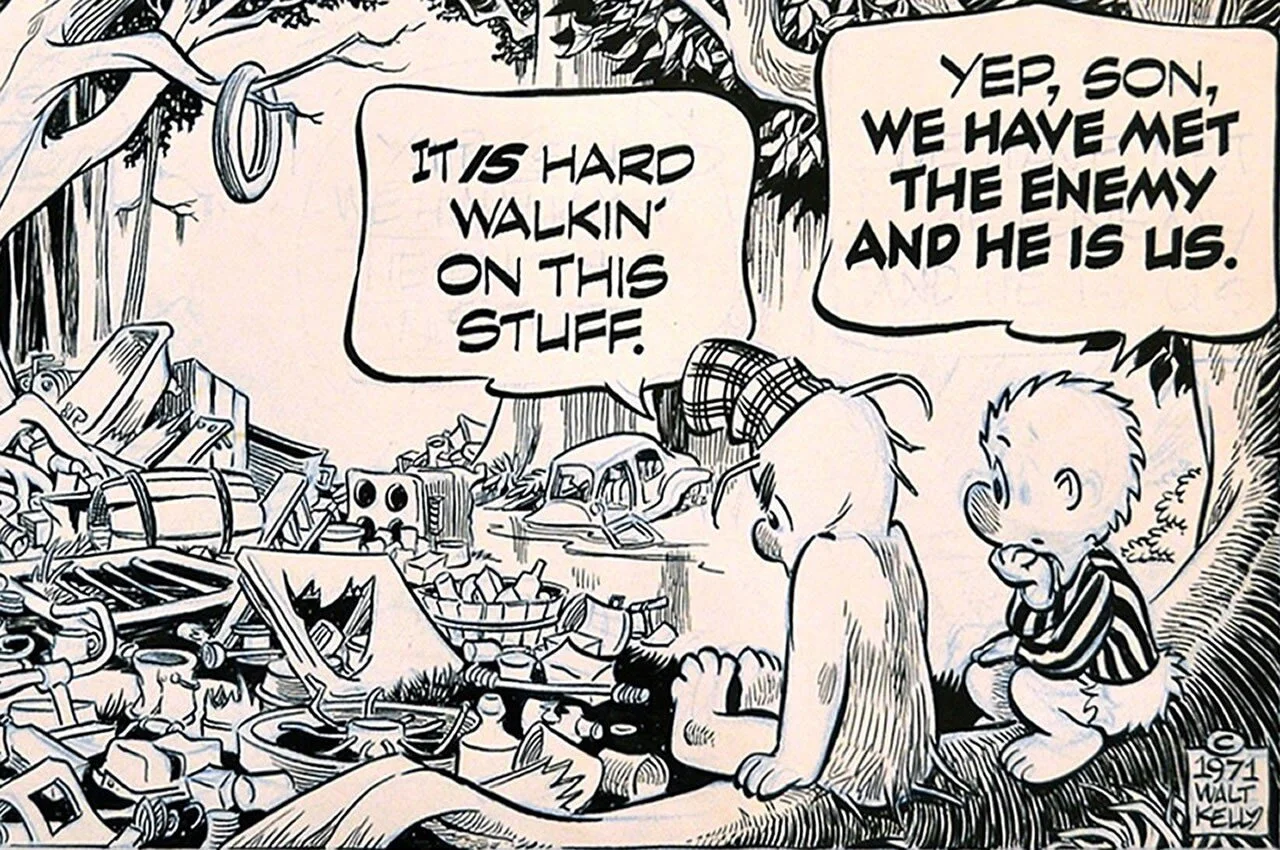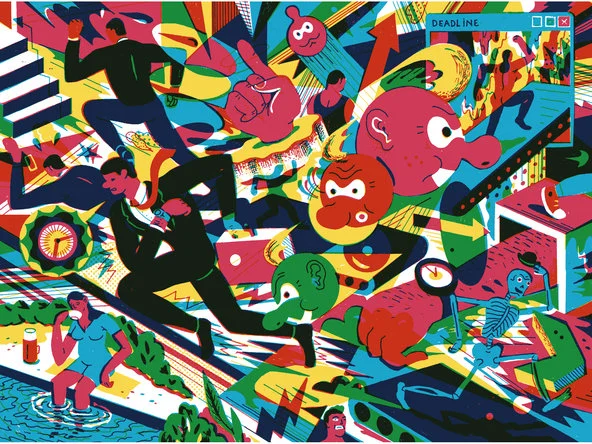Leaders who are intentional about why, how & when groups are convened hold powerful levers to shape the cultures they want to see in practice.
Read MoreIf we change the structure of meetings, we can create spaces where most of these habits do not have the chance to rear their ugly heads. By closing down the space for these habits to fester in the 15% of time an organization meets, we can begin changing habits and patterns of the 85% of the time spent doing the work..
Read MoreOur time is precious, and meetings - scheduling, preparing, conducting take an enormous amount of time, energy and money. By meeting too often, for too unimportant reasons, the ritual of meetings loses power, and ends up being a practice in disengagement. Consider this:
There are over 25 Million Meetings daily in the US.
15% of an organization’s collective time is spent in meetings.
Executives say 67% of meetings are failures.
Meetings are group rituals, and rituals inform group members what is valued, accepted, rewarded and expected of them through the symbolism, sequence and subtleties of the rituals. Thus, in professional settings, culture is often most visible in how the group convenes their meetings. By intentionally changing the rituals of our meetings, we begin to influence the trajectory of our cultural evolution.
Read MoreIn professional settings, meetings tend to be held in the spaces and places where patterns of being together are modeled, reinforced, and begin to reverberate. These patterns ripple out and become embedded in the group culture. Thus, meetings can be a powerful lever for shifting how work gets done at the micro and macro levels. Meetings are where we see organizations walking their talk - animating their values through their actions. While “culture” tends to be fairly intangible, often described as “the water we are swimming in,” it is In meetings one sees an organization’s actual culture most clearly.
Read MoreGenerating Group Genius is for emerging leaders in new industries, and in sectors at a crossroads. Emerging industries like Web 3, where equity-driving innovations take place at light speed, yet whose impact is inhibited by the incongruence between values and practices. Sectors such as education and ecology, where major changes are needed to address growing gaps, yet whose antiquated processes inhibit the intended impact. This book provides an entry point for leaders in traditional and emerging sectors who want to foster a healthy, nimble, thriving culture that drives and sustains world-changing work.
Read MoreSupporting groups in generating genius greater than the sum of their parts is not rocket science, it’s human science - a science far more mysterious than landing a ship on Mars. The art and science of fostering co-creative spaces for your people to collaborate authentically, and be better together, requires us to think differently about how we spend our time thinking and working in groups and organizations.
Read MoreAs the fog of the pandemic lifts, we are being called to make faster strides in more strained settings while the environments we operate in are evolving at breakneck speeds. My book focuses on supporting leaders at organizations working on some of our most pressing issues (e.g. environment, education, economy) in designing experiences that generate group genius and deep engagement among their teams. The objective of publishing this book is to share my learnings on how mission driven organization go about creating inclusive, creative and productive cultures.
Read MoreNFT is a shorthand for “Non fungible token.” Fungibility is what enables currencies to be transacted with ease. I can give you $3 and you accept it in exchange for a cup of coffee. This example shows how dollars are fungible. Fungibility is a central characteristic of a currency. And, many things have value that are not currencies.
Unlike currencies, Non-fungible tokens contain unique data that make each NFT non-interchangeable with another NFT. For example, let's look at a house. No two houses are the same: they have different layouts, sizes, exteriors, updates, etc. Even if two homes are identical in build, they sit on different ground. In the same way, no two NFTs are the same, even ones that are in a series because each one is individually and uniquely identified. The non-fungible nature of these unique tokens means they can be used in ways the currencies we’ve come to love cannot be used.
Read MoreIn times of rapid change, organizational learning and development support must look different. In such dynamic environments, static training, “best-practice” interventions, and “expert” advising are not moving the needle - neither individually nor organizationally.
Read More“They” can’t be all wrong. “We” can’t be all right. If history tells us anything, it is that humans are terrible prognosticators and deciders. Thus, it is highly likely that the beliefs we hold dear; the strategies we cling to; the futures we see, etc., are at least 50% wrong - on a good day.What if you are part of the problem? What if those you are battling are part of the solution?
Read MoreOur species is amazingly resilient. Our planet is a self-healing organism. We will get through this current crisis. In the meantime, we have important work to do - and we would be remiss to not take advantage of this Great Pause to lean into the important conversations about how we want the next 100 years to look, instead of figuring out how to restart the dysfunctional and disenfranchising “normal” of yesterday.
Read MoreNow that most of us are bound by our patriotic duty to work remotely, and meet virtually, it’s time to create some effective virtual habits when it comes to the safer, more sanitized version of “in-person" meetings: video calls.
Read MoreWhile financials are an integral component of managing an organization, they only tell part of the story. The good and bad debt visible on financial statements enable organizations to better allocate and manage their financial resources. Here’s the rub: the most important resources organizations have cannot be adequately understood, allocated or addressed by viewing financial statements.
Read MoreModeling behavior is one of the most powerful forces for change, not pontificating. If we want the world to bend to our values, we would all be wise to let our values inform our actions and our processes, not our talking points.
Read MoreIf we are too damn busy, we will never build the great things we are efforting to bring about.
Read MoreAs a student of history who has been fascinated by social movements and cultural change, I can not help but look at this current moment in time and be proud and excited. Over the last 50 years, our species has made incredible advances on almost every front, yet in the 24-hour news cycle and click-bait culture we live in, we are constantly reminded of how far we have to go. But I firmly believe in the science and power of positive psychology - focusing on what works and doing more of that - so I am taking a moment to celebrate how far we have come.
Read MoreThe pace of modern life is accelerating. With every new widget, app, SaaS that is implemented, our productivity is increased, as is our expected output. As I parachute into various organizations and business settings, I am struck with the amount of pressure and stressors that the modern workforce is bearing. Whether the economy is booming or dooming, workers are pushed to produce more and more, while the hours in the day remain the same.
Read MoreThe Notorious B.I.G. famously rapped these line - “Mo’ money, mo’ problems.” And in this economy with the increased cost of living, this statement seems to be proven false. Or has it? In the context of the housing crisis sweeping across California, and beyond, the data shows that Biggie’s words are spot on.





















